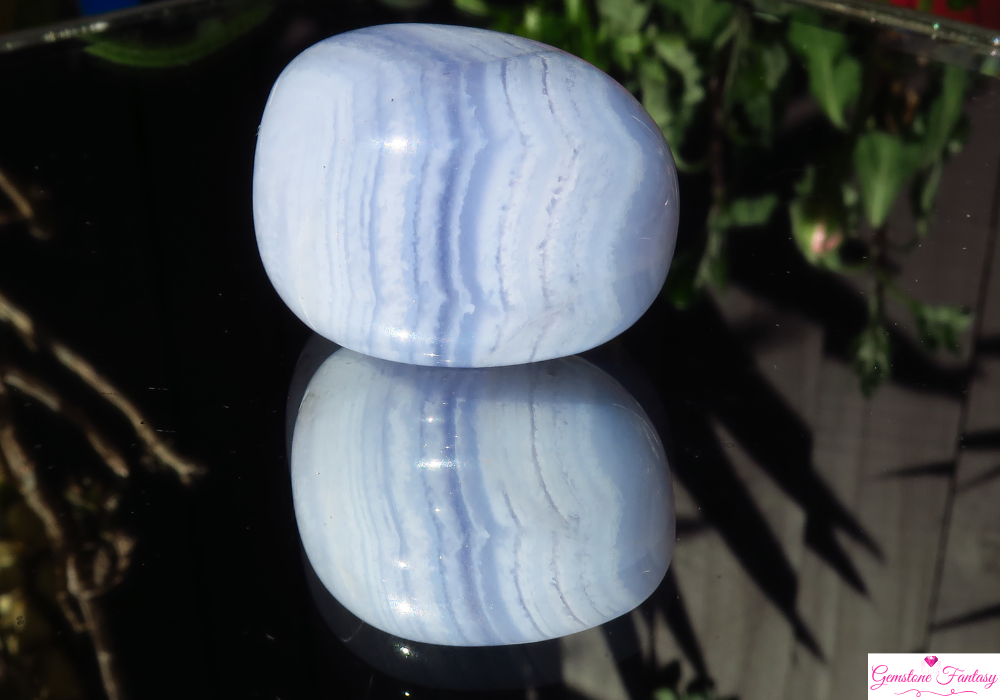Moissanite is a stunning gemstone that has gained popularity in the jewelry world as a dazzling, durable, and affordable alternative to diamonds. Known for its exceptional brilliance and fire, moissanite is often confused with diamonds due to its similar appearance, but it is a distinct gemstone with unique properties and a fascinating history.
The Origins of Moissanite
Moissanite was first discovered in 1893 by Nobel Prize-winning chemist Dr. Henri Moissan. While studying meteorite fragments in a crater in Arizona, Dr. Moissan found tiny crystals that he initially mistook for diamonds. However, further analysis revealed that these crystals were composed of silicon carbide, a rare mineral that occurs naturally in minute quantities. To honor Dr. Moissan’s discovery, the gemstone was named “moissanite.”
Natural moissanite is incredibly rare, making it nearly impossible to use in jewelry. This rarity led scientists to develop a synthetic process to create moissanite in a laboratory setting. The first lab-grown moissanite for commercial use was introduced in the late 1990s by Charles & Colvard, and since then, it has become a popular choice for engagement rings, earrings, necklaces, and other types of jewelry.
How Moissanite is Made
Moissanite is created through a sophisticated process that involves growing silicon carbide crystals in a laboratory. The process takes several months and requires precise conditions to ensure the gemstones are of the highest quality. Once the crystals are grown, they are cut and polished to achieve their final shape and brilliance.
Unlike diamonds, which can vary widely in quality due to natural imperfections, lab-grown moissanite is consistently high-quality and flawless. This consistency ensures that buyers receive a gemstone with excellent clarity, color, and durability.
Properties of Moissanite
Moissanite is celebrated for its unique physical and optical properties, which set it apart from other gemstones.
1. Brilliance and Fire
One of moissanite’s most remarkable features is its brilliance, or the way it reflects light. It has a higher refractive index (2.65–2.69) than diamonds, which means it reflects more light and appears even more dazzling. Additionally, moissanite exhibits exceptional fire, dispersing light into a rainbow of colors that enhances its appeal.
2. Hardness and Durability
On the Mohs scale of hardness, moissanite scores a 9.25, making it one of the hardest gemstones available. While diamonds are harder at a 10, moissanite is durable enough to withstand daily wear and is resistant to scratching and chipping.
3. Color and Clarity
High-quality moissanite is typically colorless or near-colorless, comparable to the finest diamonds. However, some moissanite stones may display a faint yellow or grayish tint under certain lighting conditions. In terms of clarity, lab-grown moissanite is generally free from inclusions and blemishes, resulting in a flawless appearance.
4. Thermal Conductivity
Moissanite has a high thermal conductivity, similar to diamonds, which makes it difficult to distinguish the two using traditional diamond testers. Specialized testing tools are often needed to identify moissanite accurately.
Moissanite vs. Diamonds

Moissanite


Diamond
| Feature | Moissanite | Diamond |
|---|---|---|
| Appearance | Intense brilliance with rainbow-like flashes (high fire); noticeable sparkle under all light. | Subtle brilliance with more white light reflection; classic and understated sparkle. |
| Refractive Index | 2.65–2.69 (higher sparkle and brilliance). | 2.42 (slightly less sparkle, emphasizing elegance and clarity). |
| Hardness (Mohs Scale) | 9.25 (extremely durable for daily wear). | 10 (hardest natural material, offering superior durability). |
| Cost | Affordable: A one-carat moissanite typically costs 10–15% of a comparable diamond. | Expensive: A one-carat diamond can cost thousands of dollars, depending on quality and origin. |
| Fire (Light Dispersion) | Higher fire; noticeable colorful flashes under bright light. | Lower fire; emits subtle, elegant sparkles. |
| Color Options | Typically near-colorless; slight yellow or gray undertones in lower grades. | Available in a range from colorless (D-grade) to yellow or brown hues. |
| Clarity | Lab-grown and generally free of inclusions or blemishes. | Natural diamonds may have inclusions; clarity grades range from Flawless to Included. |
| Thermal Conductivity | High, making it difficult to distinguish from diamonds using standard testers. | Also high; standard thermal testers are reliable for natural diamond identification. |
| Environmental Impact | Eco-friendly; created in labs with minimal environmental footprint. | Mining can have significant environmental and social impacts. |
| Ethical Considerations | Always conflict-free since it is lab-grown. | May involve ethical concerns (e.g., conflict or blood diamonds) unless certified conflict-free. |
| Weight (Specific Gravity) | Lighter than diamonds, meaning a moissanite stone of the same size weighs less. | Heavier than moissanite; offers a more substantial feel in jewelry. |
| Longevity | Long-lasting and resistant to scratching and chipping. | Exceptionally long-lasting with unmatched hardness. |
Why Choose Moissanite?
Moissanite has become a popular choice for various reasons, including:
- Affordability: Its lower price point allows buyers to opt for larger or higher-quality stones without breaking the bank.
- Durability: With its excellent hardness and resistance to scratches, moissanite is ideal for everyday wear.
- Sparkle: Its unmatched brilliance and fire make it a standout gemstone in any setting.
- Sustainability: As an ethical and eco-friendly choice, moissanite appeals to socially conscious consumers.
Common Uses of Moissanite
Moissanite is versatile and can be used in various types of jewelry, including:
- Engagement Rings: Moissanite’s beauty and durability make it a popular alternative to diamonds in engagement rings.
- Earrings: Studs or drop earrings featuring moissanite add a touch of elegance and brilliance.
- Necklaces and Pendants: A moissanite pendant can serve as a striking centerpiece for any outfit.
- Bracelets: Moissanite stones can be used in tennis bracelets and other designs for a sparkling accessory.
Caring for Moissanite Jewelry
Moissanite is low-maintenance and easy to care for, making it ideal for busy individuals. To keep your moissanite jewelry sparkling:
- Regular Cleaning: Use warm water, mild soap, and a soft brush to clean your moissanite jewelry.
- Avoid Harsh Chemicals: Keep your jewelry away from bleach, chlorine, and other harsh chemicals that may damage the metal settings.
- Storage: Store moissanite pieces separately to prevent scratches from other gemstones.
- Professional Checkups: Have your jewelry inspected periodically to ensure the settings remain secure.
Conclusion
Moissanite is a breathtaking gemstone that offers a brilliant, durable, and affordable alternative to traditional diamonds. Its unique properties, including exceptional sparkle and eco-friendly origins, make it an excellent choice for engagement rings, earrings, necklaces, and other jewelry.
Whether you’re drawn to its dazzling brilliance, ethical production, or budget-friendly price, moissanite is a gemstone that combines beauty, practicality, and sustainability. As more people discover its benefits, moissanite continues to gain recognition as one of the most desirable gemstones in the world of fine jewelry.















